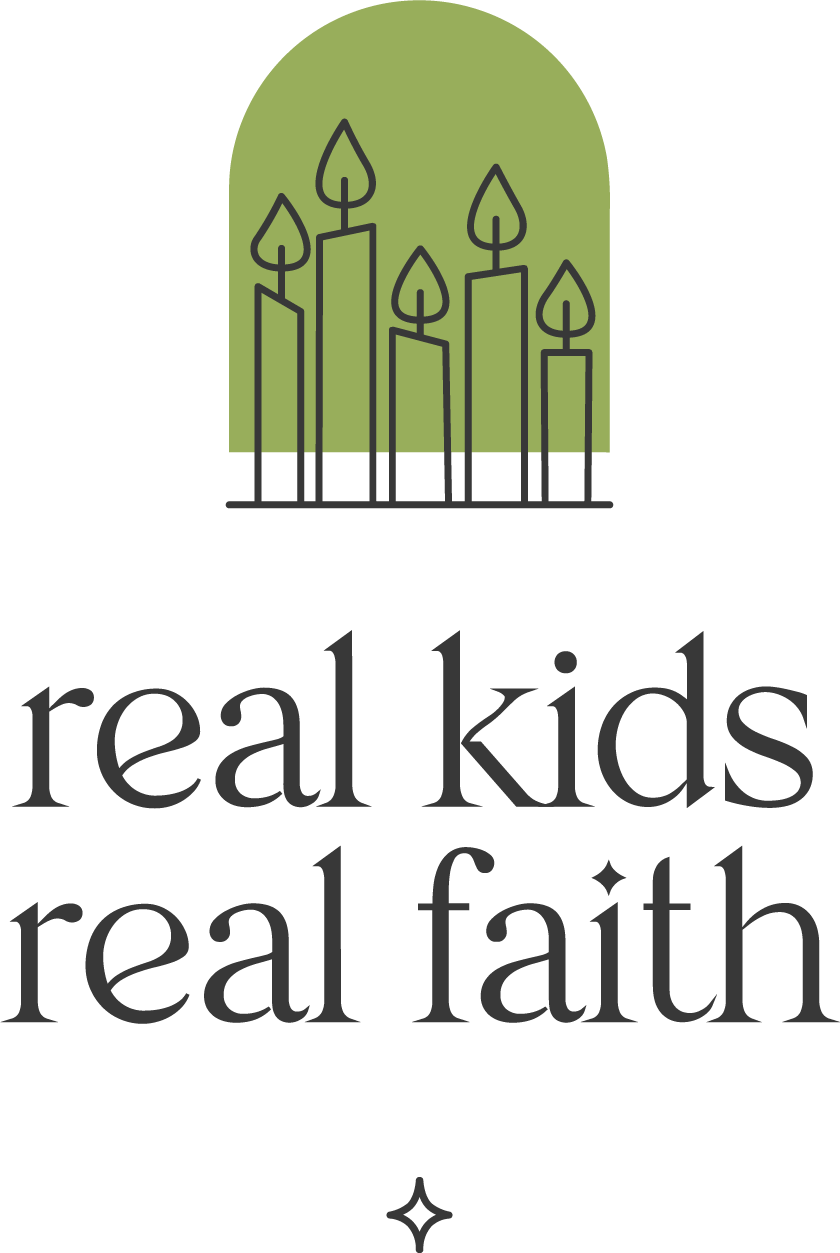Bedtime fears are a common childhood experience. Monsters under the bed or in the closet. Strange noises and shadows. Anxiety about going to sleep and not waking up. Any or all of these concerns can keep a child from a good night’s rest.
I Am Not Afraid, by Jewish rabbi Sandy Eisenberg Sasso, gently addresses bedtime anxiety and provides ideas for dealing with nighttime fears. She builds her story on a religious text held in common by the Jewish, Christian, and Muslim faiths. Psalm 23 is known broadly for its image of God as a shepherd who cares for those in need of comfort and support. Frightened children and adults have leaned on its words and images for centuries.
Read the book with children three and older and use one or more of these activities to explore fears and their management together.
Frightful things. As she tries to fall asleep, the child sees scary shadows slithering and flying around her. Ask children: What do you find scary? What are you afraid of? Invite them to draw pictures of these things and share why they scare them.
Fearful feelings. When the child in the story feels afraid, her heart thumps quickly, her pupils open wide, and she shivers. Ask children: How does your body feel when you are afraid? Encourage them to show how their body feels and acts. Notice similarities and differences among various peoples’ reactions.
Comforting words. Throughout the story, the child tells herself not to be afraid. She also here’s a voice inside her saying, “I am here.” Invite children to think of words or phrases that comfort them. Write them on poster paper and add decorative flourishes. Post the paper where they can see it. Take a photo of the page so they can take a smaller version of the image with them wherever they go (either as a print or a digital file).
Coping actions. The child uses lots of techniques to manage her fears: clutching a blanket, sipping water, turning on a nightlight, and listening to an inner voice. Invite children to explore these actions. Provide scraps of soft fabric to hold and stroke. Sip cool water together. Darken the room and then turn on a soft light. Take a few deep breaths in and out and listen to your bodies and anything an inner voice might say.
Psalm exploration. The back matter of the book includes the text of Psalm 23. Read the psalm together. Ask children what they think the words mean. Encourage them to rewrite the words – just like the author did – to tell their own story of managing their fears. You can do so individually or as a group, whichever feels more comfortable.

Comments